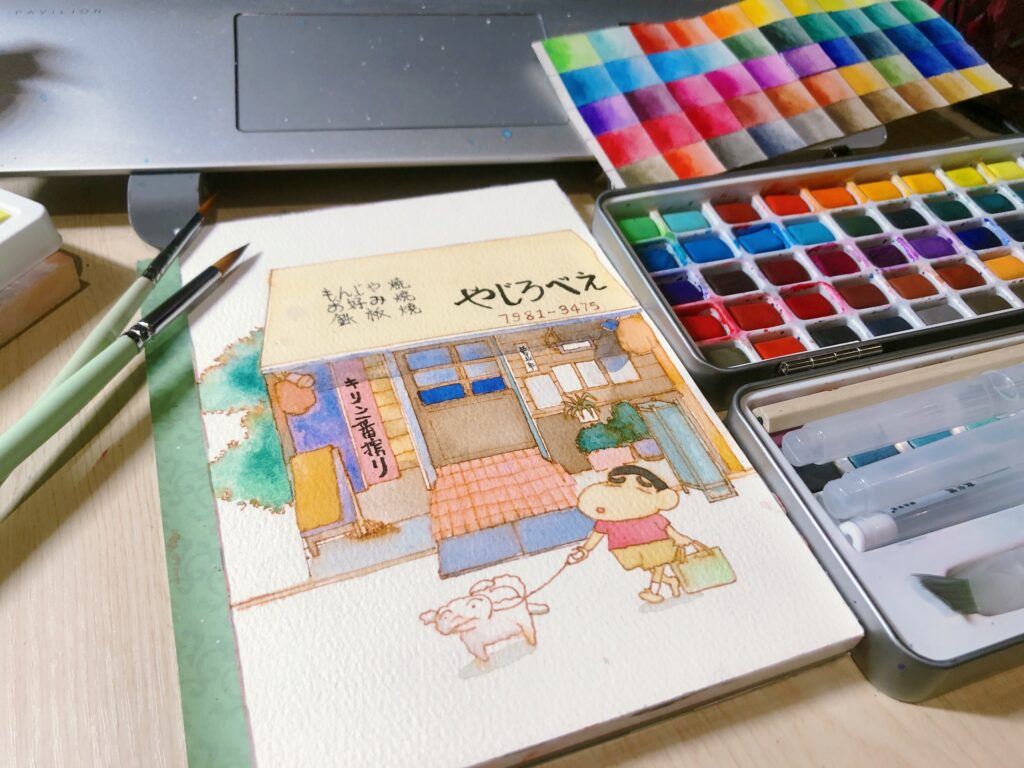Due to the COVID-19 pandemic, our courses will be conducted entirely online. We will use YouTube, Teams, Quizlet and Bright Space to support student learning. First, the basic course videos will be posted via Bright Space. Students will learn the basics by watching a series of 50-minute videos. Lecture videos will explain the basic information on each topic and briefly outline all the material (2-3 videos or articles) under each subtopic. Theme attached videos will be available via YouTube. Teachers will find some simple videos on YouTube to help students understand the lectures. Although students watch the same video, they will get different understandings due to different educational backgrounds and their own experiences (constructivism). Tutors will answer students’ questions online in small groups. This event will organize interaction between students and tutors, allowing both sides to better understand each other’s situation. Quizlet is a tool that helps test students’ self-perception. The model of the tool allows students to learn and recite by themselves. Students are free to add what they need to remember and study on time to achieve their goals. Tutors can also add learning sets and share them with all students. Students can check their own shortcomings by browsing the tutor’s learning profile. This tool enhances the interaction between students and content, as well as between tutors and content.
learning outcomes:
Students will be able to…
– describe some characteristics of Chinese culture.
– Describe some characteristics of Mandarin.
– have a simple conversation in Mandarin
– describe their impressions of Chinese culture (reflection)
Brief comments on each topic
Topic 1: The main differences between Chinese and English. Ancient Chinese characters are a kind of hieroglyphics, which is essentially different from English as phonetic characters. Modern Chinese characters have been simplified based on ancient Chinese characters and become an ideograph. Because Chinese is not composed of letters, China gives 26 new sounds to reduce the difficulty of learning Chinese
Topic 2: we will introduce to you the origin of Chinese characters and how the Chinese language and Chinese culture are related. And we will introduce some useful Chinese characters like Hello, where is this place, through this study you will know how to pronounce these Chinese characters, how to write these Chinese characters, if you decide to travel to China, this will help you a lot.
Interactive activity: Learners should simply have a Chinese conversation with their classmates based on the learning resources of the article, such as hello, goodbye and so on.
Assessment plan:
We will ask the students to do a quiz and give a group presentation. The quiz is to check the difference between Chinese and English and the basic knowledge of Chinese culture. The scores will give a visual indication of a student’s proficiency level. Students will be divided into four groups for impromptu group presentations of about 10 minutes. The significance of this activity is to give students the opportunity to communicate with their peers about their thoughts and ideas for this lesson. From the presentation, the lecturer will observe and evaluate each student’s participation and their understanding of the topic chosen by the group about China. In addition, class questions and positivity will provide students with the opportunity to earn additional participation points.
A description and rationale for the learning design you chose:
Our learning design is mainly in the form of lectures, supplemented by quizzes for checking. Lecture and quizzes belong to cognitivism, which is the same as most current education methods. The teachers will personally explain simple Chinese words and phrases to the students, while the students take the initiative to accept new knowledge and combine Chinese with their own cognition to master it. There are also parts of watching videos and group presentations in class, which belong to constructivism. Students will have a different understanding of this part and interact with others, so as to more skillfully master the simple use of Chinese and understand Chinese culture.
description of your learning context: Our target teaching group is Higher education students. These people are not native speakers of English, and through this course, they will learn basic Chinese in English.
An overview of your plans to design for the inclusion of diverse learners :
- English language learner (ELL): Considering that our students are whose native language is not English, we will use as simple English words and sentences as possible when making learning materials, in order to explain the meaning of learning points in the simplest way. In addition, we will look for some teaching videos on YouTube for students’ reference. A large part of the reason why we choose videos on YouTube is that there is subtitle translation function on YouTube. Although we suggest students to use Chinese original sound to practice listening, the premise is that they need to understand the meaning. The function of YouTube subtitle translation can ensure that students understand the meaning.
2. a person who does not have access to a computer at home, but has a mobile phone with a data plan:
For students who are not convenient to use computers, we will set up a way such as Teams discussion post, which is convenient for mobile phones to browse online discussion at any time for our students. In addition, we will use Quizlet mobile app for exercises, which is also convenient for mobile phone users to contact at any time.


Recent Comments